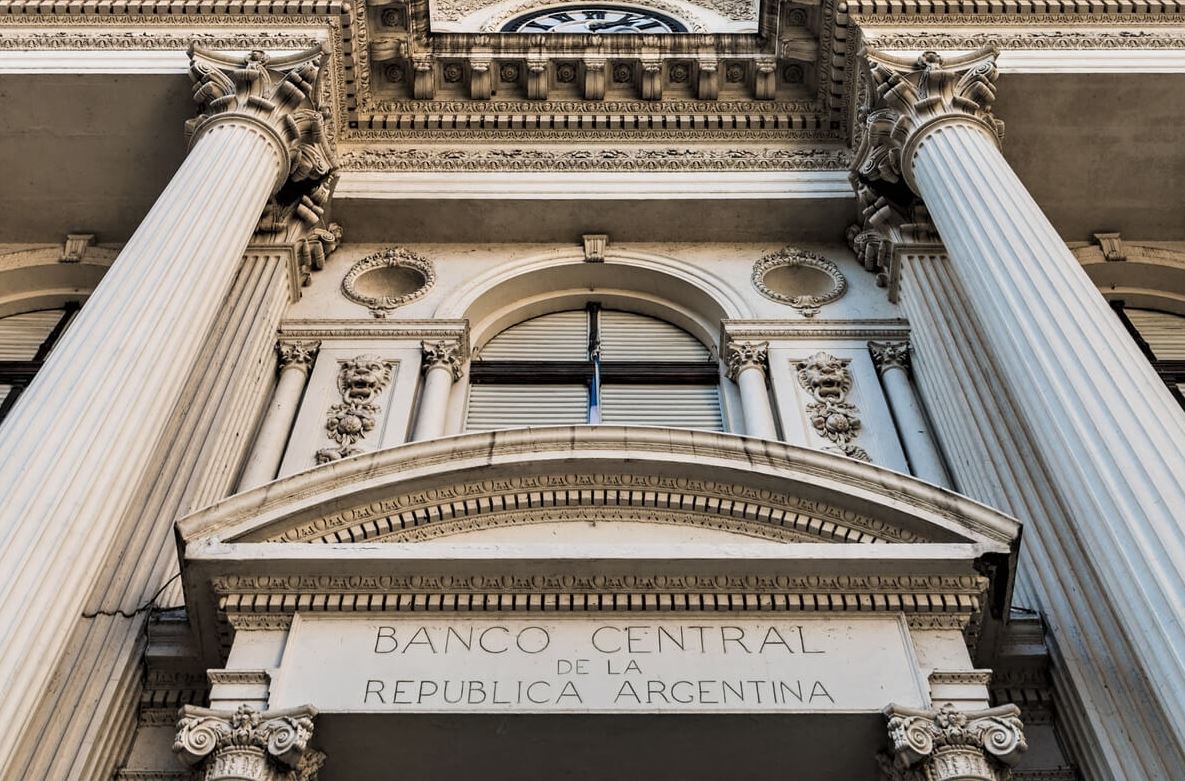The Argentine government’s debt tender resulted in a bitter failure.
The national Treasury had to be helped by the rescue of other government agencies.
The Argentine Central Bank (BCRA) issued ARS 300 million (US$1.9 million) to buy public bonds that the private sector no longer wants to renew.
The economic team led by Sergio Massa succeeded in a public bond tender in pesos for up to ARS 63,592 million, an amount far exceeding the maturities foreseen for the current week.

But the composition of the holders of these bonds hides a truly dramatic reality.
The private sector, including banks, funds, and financial entities, decided to buy debt from the National Treasury, but only with maturities scheduled until next February and not beyond.
The problem is evident: Massa’s team has no credibility, and the private sector is wary of a possible forced reprofiling of maturities in case of lending to the Kirchnerist government in the longer term.
After the failure of the bidding process, the Treasury was assisted by government agencies, including ANSES and the Central Bank, which played a leading role in the purchase of government securities.
By compromising the money destined for pensions, the ANSES bought bonds with maturities up to 2027, bonds that the private sector does not want and of doubtful reliability.
Likewise, the most dramatic situation was that of the Central Bank.
Minister Massa committed not to resort to “transitory advances”, which is monetary assistance to finance the deficit, until the end of the year.
This measure was taken to give some credibility to the program launched in August, but the truth is that this is not the only channel for the BCRA to finance the government.
In one week alone, the Central Bank, led by Miguel Pesce, issued ARS 300 million to buy debt from the National Treasury.
Most of the bonds purchased mature in 2024, and due to the country’s unpredictability, they are rejected by the private sector.
Massa did not establish any limitation on the monetization of debt placements.
The BCRA will have to continue increasing the pump of interest-bearing liabilities via Leliq and Pases to postpone the inflationary shock or face the consequences of the current price increase.
One way or another, the government’s main tool to finance the fiscal deficit continues to be monetary issuance.
The program announced by Massa did not imply any change in this regard, and for these reasons, it does not arouse even the slightest credibility on inflationary expectations.
With information from Derecha Diario

